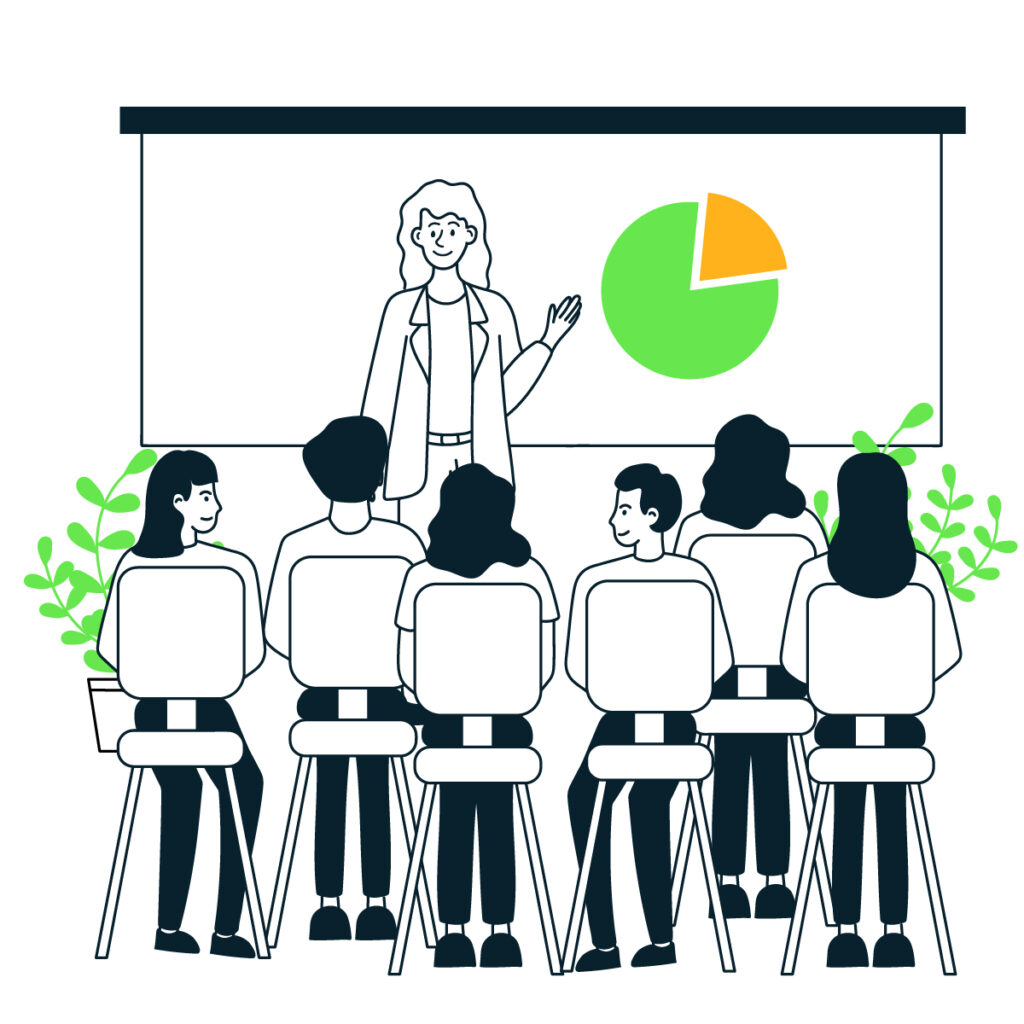In 2022-23, HR and benefits teams went bigger and better as they focused more on reaching every employee, everywhere. As in years past, trends continue to skew towards replacing or supplementing text-based email communication with Digital Postcards, microsites, and multichannel distribution tools to reach more people across more devices.
In this report, you’ll get aggregate results, industry breakdowns, and clear, actionable takeaways.
Download the Newest Open Enrollment Report
See how you stack up to others in your industry and get better benefits enrollment results this OE
The Anatomy of a High-Performing Open Enrollment Campaign
At Flimp, we love to help employers and brokers drive better open enrollment results through communications strategies that boost engagement. Below you will find 6 takeaways from our report that will help you level up your OE results in 2022.
1. Decision Support
Decision-support tools, which collect all your key benefits information in one place, then use a questionnaire paired with a predictive algorithm to make plan recommendations, are exactly what employees are looking for in a more self- guided experience.
In many ways, these tools reinforce your messaging and supplement the performance of your best HR team members by educating your employees on their benefits and helping them choose the plan that is right for them.
They’re also great for moving employees into best- fit plan options, especially plans like HDHPs. Our internal client research estimates that 15-25% of an employee population migrates to an HDHP (when offered) because of a tool like Flimp Decisions. We’ve even seen as high as 81% for an employer with a dense employee population of low healthcare users.
2. Digital Postcards
All the campaigns examined for this report used Flimp’s Digital Postcards. Each of these multimedia microsites were customized with compelling visuals, videos, links, branding and copy to fulfill the client’s specific benefits- education and open enrollment needs.
Digital Postcards are designed to address the biggest challenges benefits communicators face, particularly helping employees understand complicated and continually evolving subject matter. With the added concerns and changes due to the pandemic, many employers also communicated about new and expanded voluntary benefits programs.
3. Short-Form Video
The most common employee videos included in a Digital Postcard were introductory announcements or an enrollment overview coupled with a long-form benefits presentation video.
Almost half of all the 2022-23 campaigns featured more than two videos. Many of the supplemental videos were also short-form explainer videos (usually having a duration of three minutes or less).
4. Long-Form Video
Longer benefits presentation, a method frequently used to make employee training videos, videos went into greater depth and more closely reflect the details of benefits guides. Some even included information about voluntary benefits. These videos are usually based on slide presentations and run longer than five minutes, with many running longer than 10 minutes.
They’re often chaptered for viewer convenience and are not expected to be viewed in their entirety. Instead, they’re available on-demand anytime employees have questions.
5. Calls to Action
Calls to action (CTAs) are usually buttons that link to additional resources employees need during the enrollment period to sign up for and best utilize their benefits.
The most common CTA links are to:
- An enrollment portal
- PDFs of benefits guides and/or Summaries of Benefits Coverage (SBCs)
- Benefits webinar or seminar registration pages
- Decision-support tools like Flimp Decisions
- HR and provider contact information
- Health or financial-wellness portals
6. Engagement and Analytics
Campaign data like that used to compile this report is available to all clients whose Digital Postcards are hosted on the Flimp platform. HR teams can look at engagement levels by content type and titles, geography, language, time spent on content, and device used.
These valuable insights and analytics can help employers quickly assess what is working and what isn’t, so they can make changes on the fly and improve enrollment outcomes.
Download the Newest Open Enrollment Report
See how you stack up to others in your industry and get better benefits enrollment results this OE
